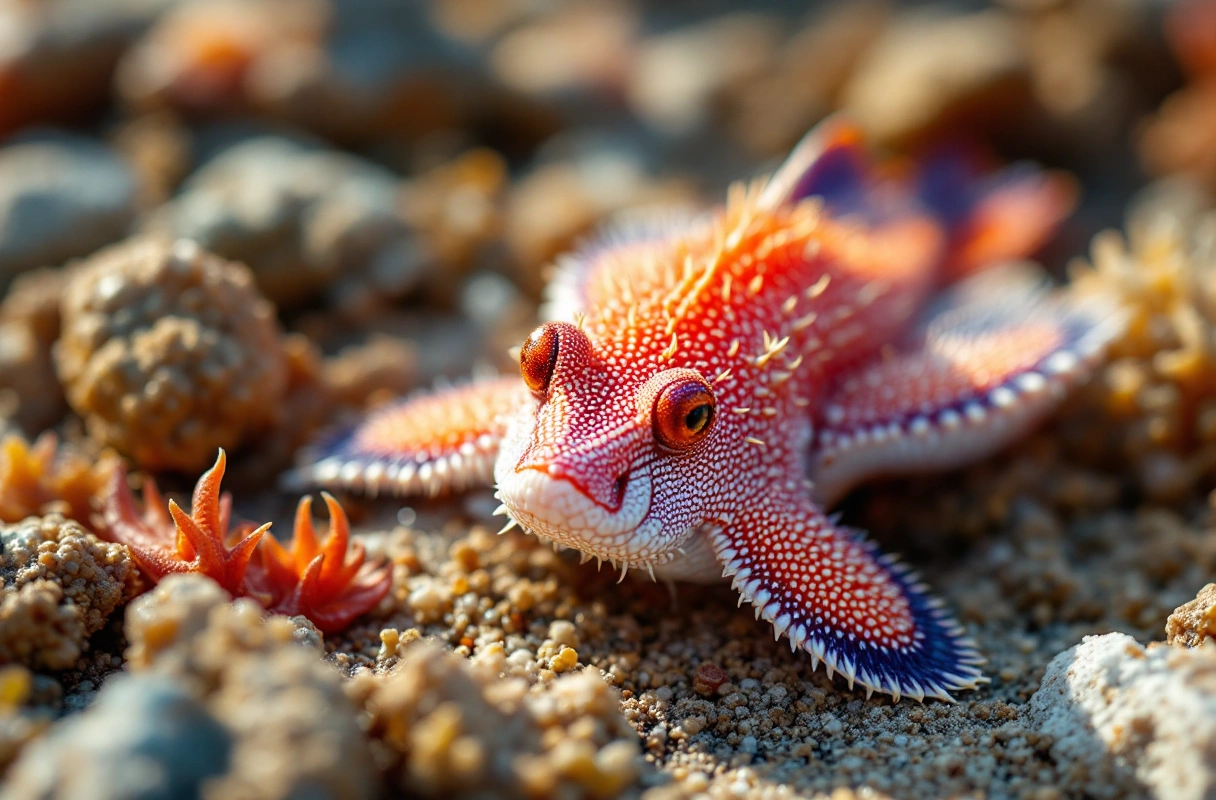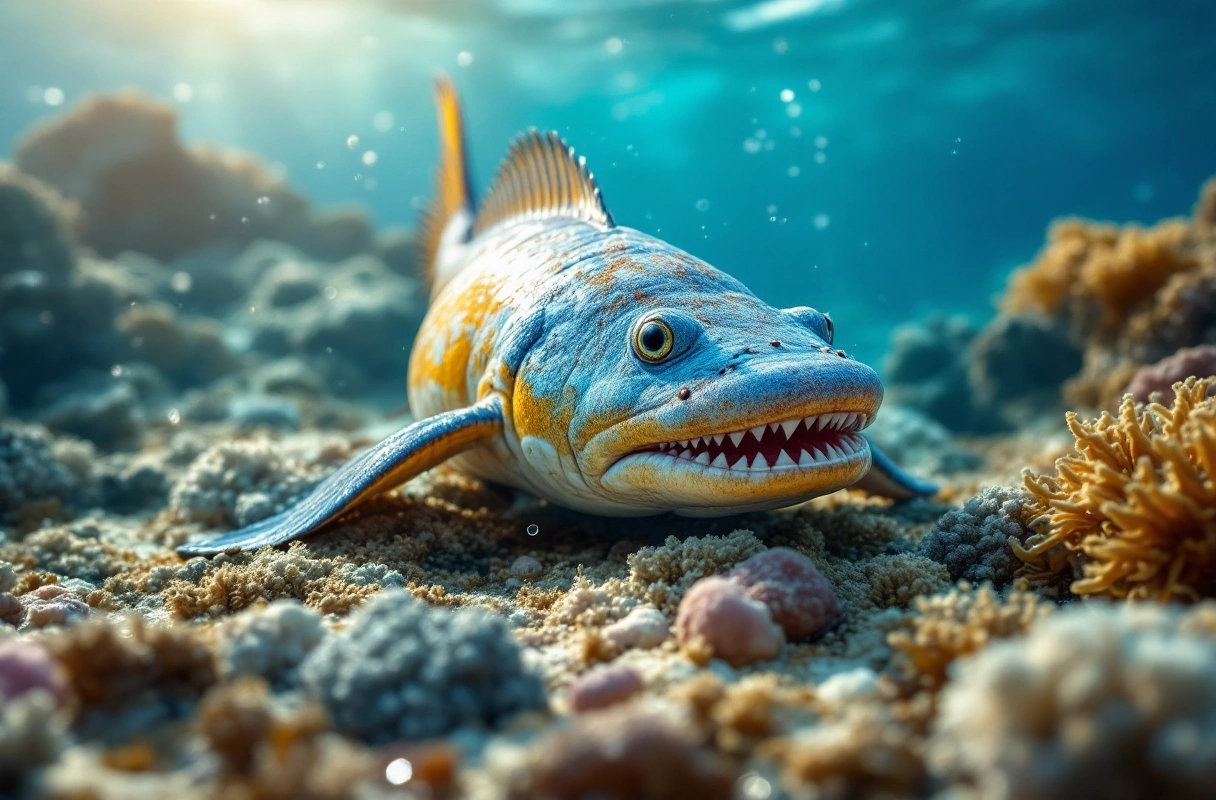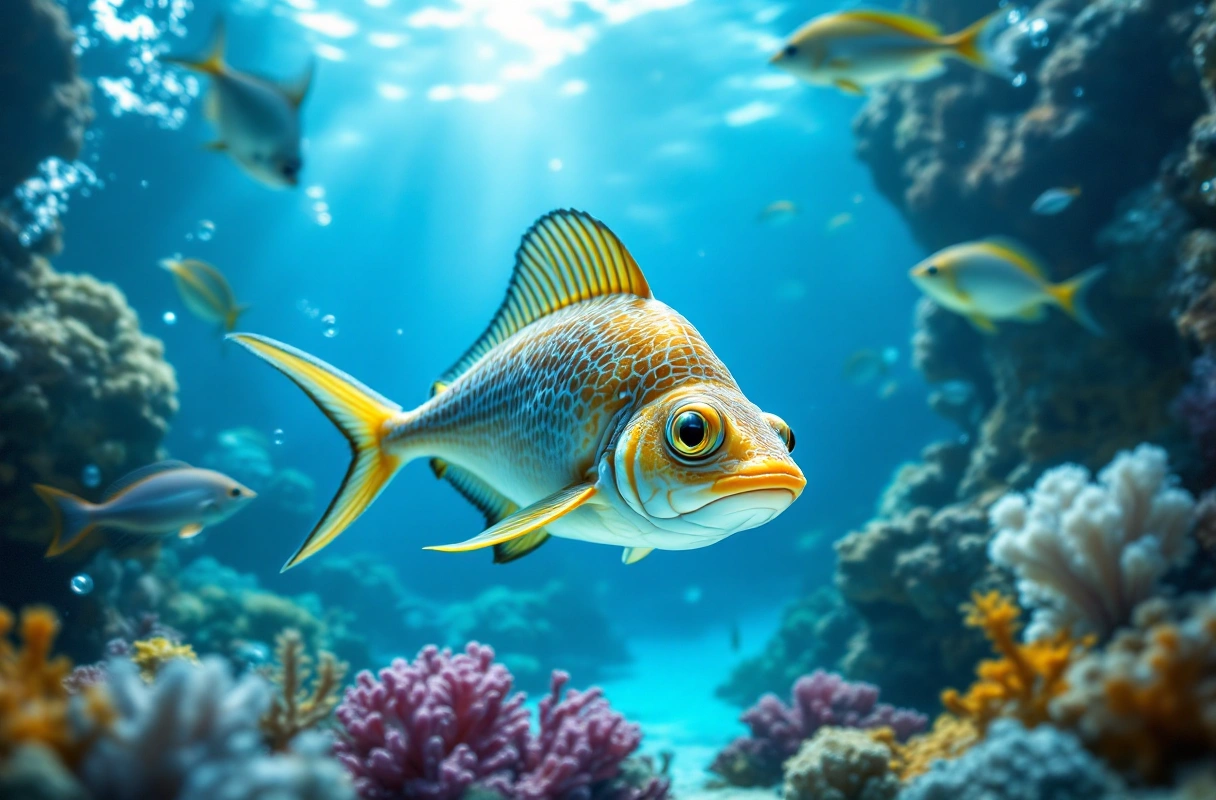
The ocean is a vast and mysterious world teeming with life, and every beach vacation presents a golden opportunity to explore and identify the myriad of sea creatures that inhabit these waters. Whether you are a seasoned marine biologist or a curious nature enthusiast, recognizing these fascinating creatures can enhance your beach experience. This guide will equip you with the knowledge and skills necessary to identify sea creatures effectively while also shedding light on how they adapt to their environments.

Identifying sea creatures not only enriches your understanding of marine biology but also fosters a deeper appreciation for the delicate ecosystems that exist beneath the waves. Each species plays a critical role in its habitat, and understanding these roles can help promote conservation efforts. Moreover, recognizing sea creatures can be a fun and educational activity for families, making beach vacations more memorable.

Before diving into the ocean's depths, it's important to equip yourself with the right tools to identify sea creatures accurately. Here are some essential items to bring along on your beach vacation:
A good field guide to marine life is invaluable. Look for guides that are specific to your vacation destination, as they will include local species and provide detailed descriptions and photographs.
Using binoculars allows you to observe creatures from a distance without disturbing their natural behavior. This is particularly useful for spotting birds and larger marine animals like dolphins.
In today’s digital age, numerous apps can help you identify sea creatures. Apps such as iNaturalist and Marine Debris Tracker allow users to take pictures of marine life and receive instant identification.
If you plan to venture underwater, snorkeling gear can provide you with a closer look at sea creatures in their natural habitat. Ensure you have a good-fitting mask and snorkel to enhance your underwater experience.
Documenting your findings with a notebook and camera can be both educational and fun. Sketching or taking pictures of sea creatures helps reinforce your learning and provides a visual record of your discoveries.

Identifying sea creatures requires keen observation and an understanding of their characteristics. Here are some tips for identifying common species you might encounter:
Shellfish are a diverse group, including clams, oysters, and scallops. To identify them:
Identifying fish can be more challenging due to the variety of species. Focus on:
Whales, dolphins, and seals are often spotted from the beach. To identify them:
Jellyfish, starfish, and sea urchins are common invertebrates. Key identifying features include:
Understanding how sea creatures adapt to their environment is crucial for identifying them effectively. Adaptations can be physical, behavioral, or physiological, and they allow species to thrive in their specific habitats.
Many sea creatures have evolved unique physical traits to survive. For instance:
Behavioral adaptations are also significant in how sea creatures interact with their environment. For example:
Physiological adaptations involve internal processes that help sea creatures survive. Examples include:
As with any field of study, there are several misconceptions about sea creatures that can lead to confusion during identification. Here are a few of the most common:
While some jellyfish can deliver painful stings, many species are harmless. Identifying them involves looking at their color and shape, as well as understanding the local species’ sting potential.
While many fish are marine species, numerous fish thrive in freshwater environments. Understanding the habitat of the fish you encounter is crucial for accurate identification.
In reality, sea creatures are significantly impacted by climate change, which affects their habitats, food sources, and migration patterns. Awareness of these changes can enhance your understanding of marine life.
While exploring and identifying sea creatures can be exciting, it is essential to engage with marine life responsibly. Here are some best practices to follow:
Always maintain a safe distance from sea creatures to avoid causing stress or harm. Avoid touching or handling wildlife, as this can disrupt their natural behaviors and habitats.
Many beaches have specific rules regarding wildlife interaction. Familiarize yourself with local regulations and guidelines to ensure a safe and respectful experience.
Marine debris poses a significant threat to sea creatures. Always clean up after yourself and participate in local beach clean-up events to protect marine ecosystems.
Understanding marine biology enhances your ability to identify sea creatures during your beach vacation. The intersection of science and nature allows for a richer experience as you explore the ocean's depths. Engaging with marine biology not only fosters a greater appreciation for sea creatures but also encourages conservation efforts to protect these vital ecosystems.
As a nature enthusiast or a student eager to learn more about the world, you can deepen your understanding of marine life through various resources. The Banana Slug Club is an excellent platform for anyone excited about nature, science, and the intricate connections within ecosystems. Our community offers educational materials, workshops, and events that can help you further explore marine biology and its wonders.
If you are passionate about learning and exploring the fascinating world of sea creatures, consider joining the Banana Slug Club. Our organization is dedicated to nurturing curiosity about nature and science among students, families, and nature enthusiasts. Whether you're looking for educational resources, engaging activities, or community events, we have something for everyone.
Visit our website to learn more about our programs, or contact us for more information on how you can get involved. Embrace the adventure of exploring the ocean and its incredible inhabitants, and let the Banana Slug Club be your guide in this exciting journey.
Get free resources, early access to new features and updates.
No spam. Just fun educational emails!